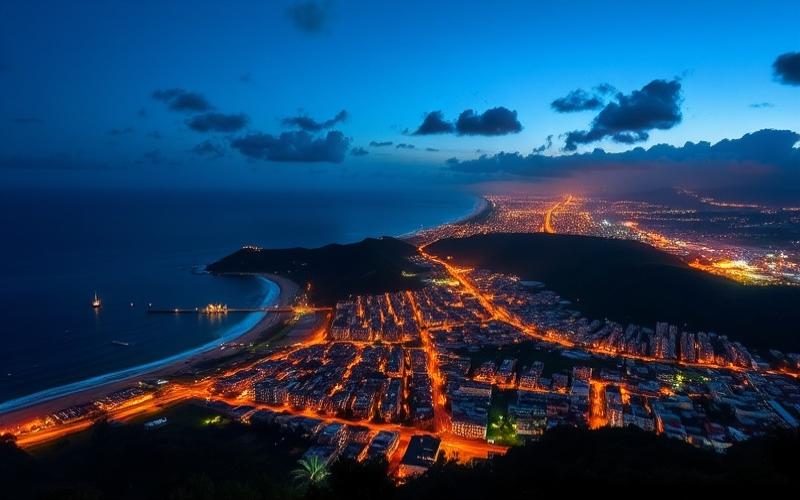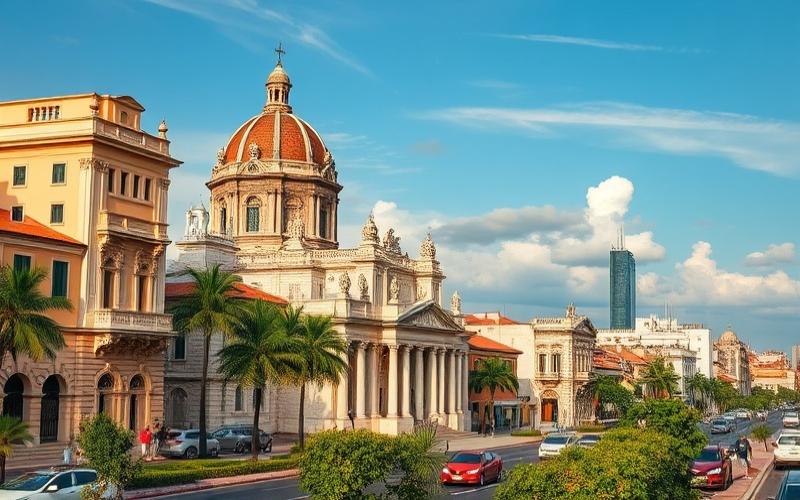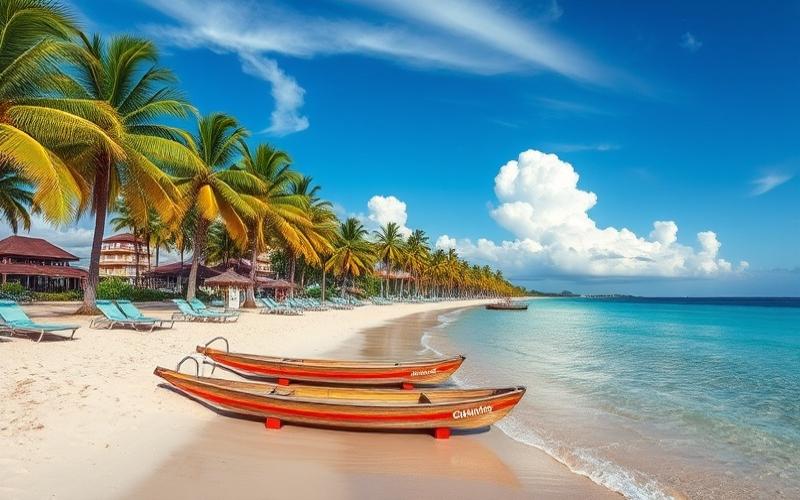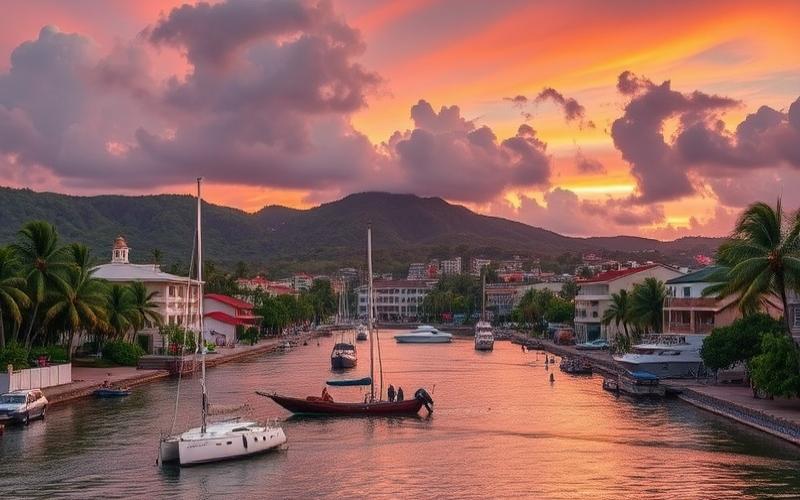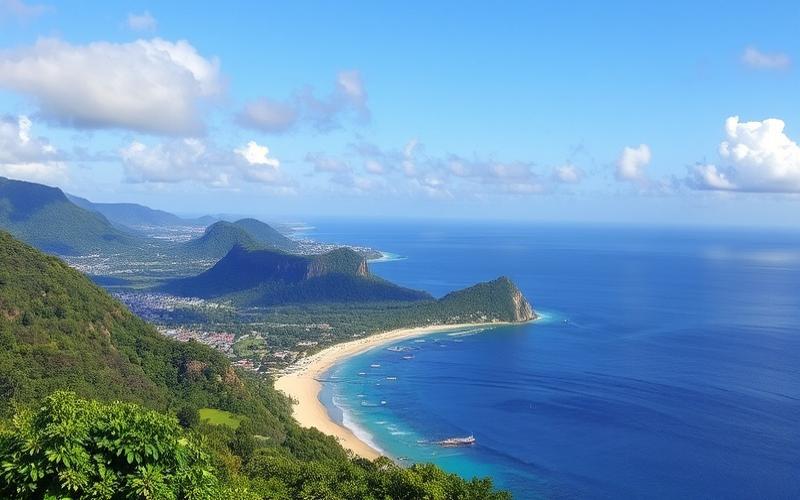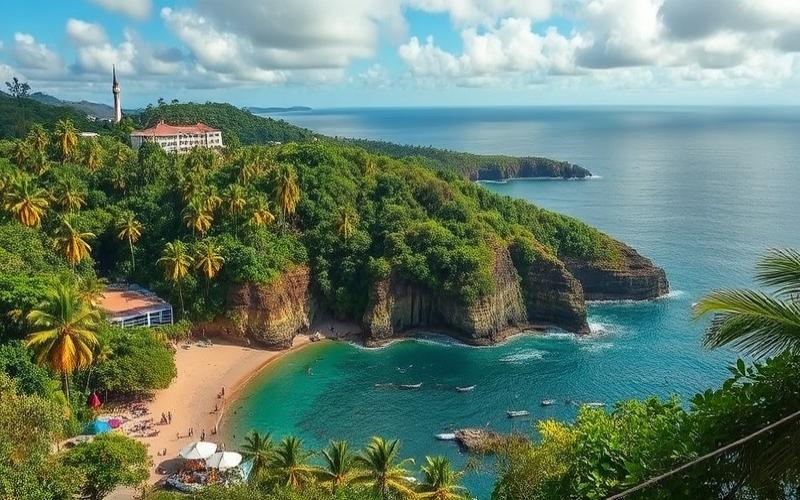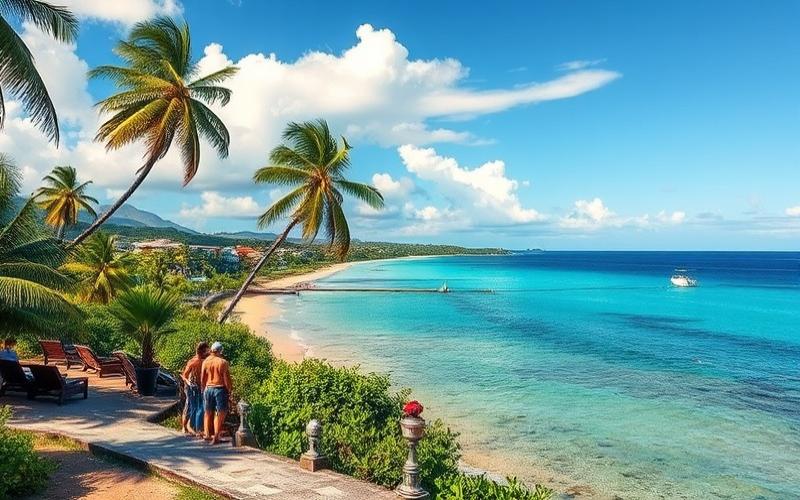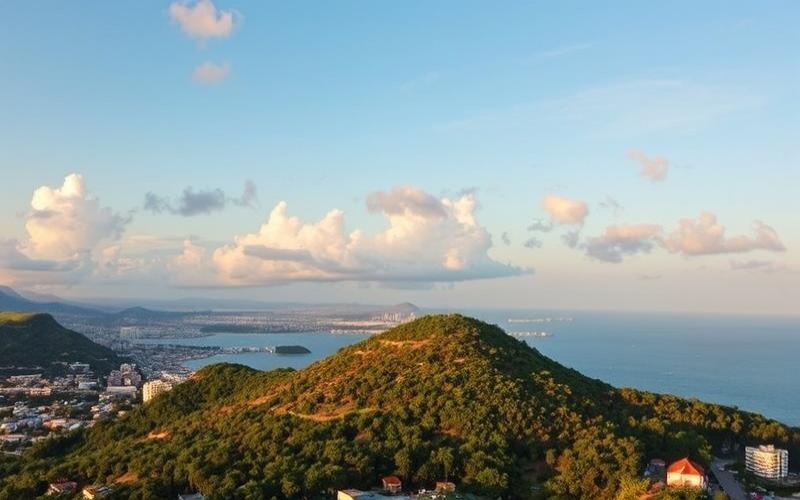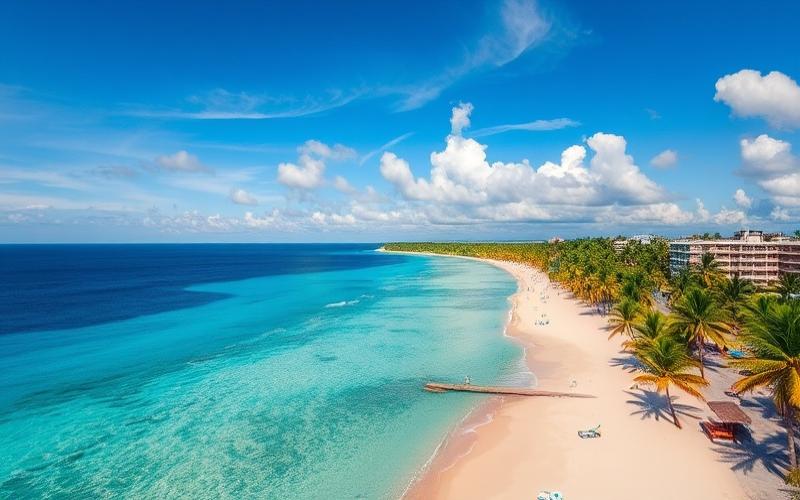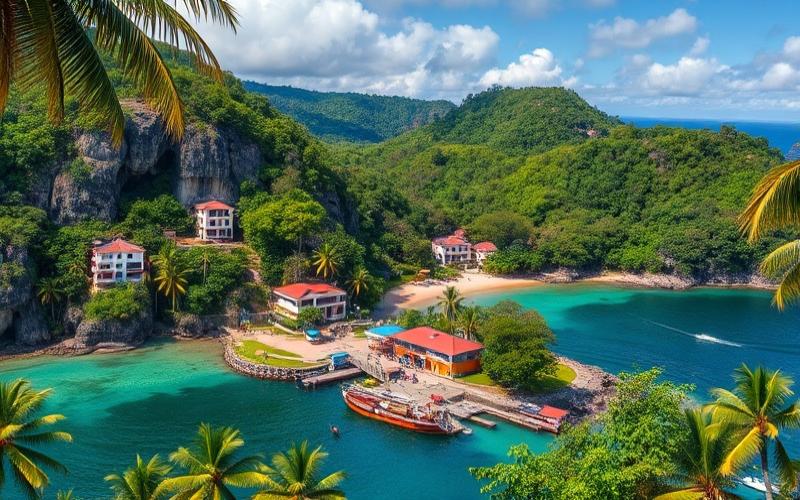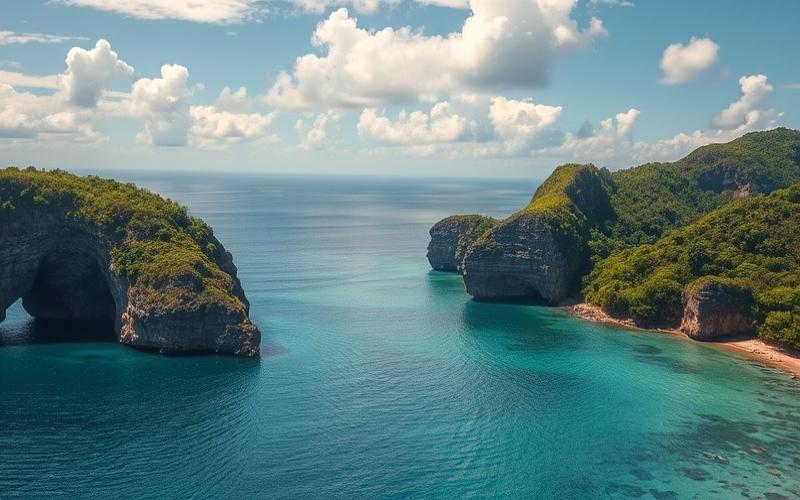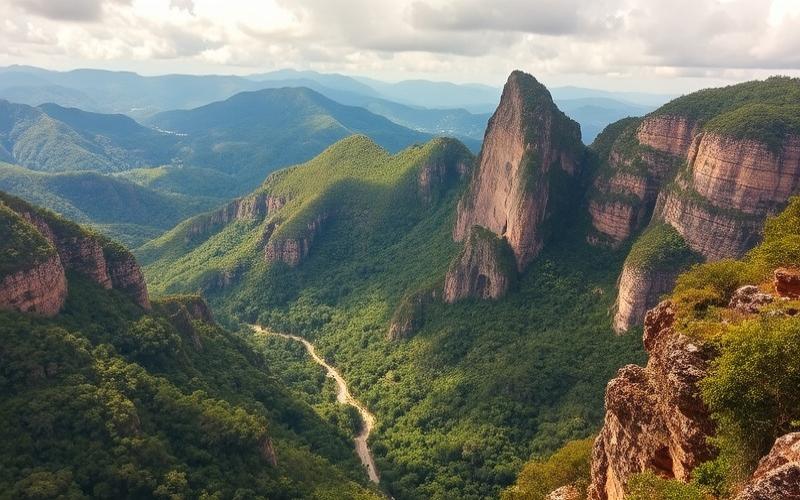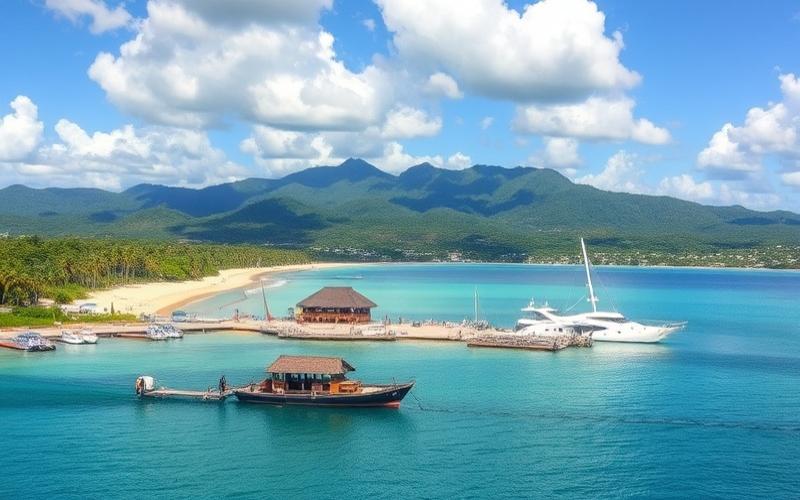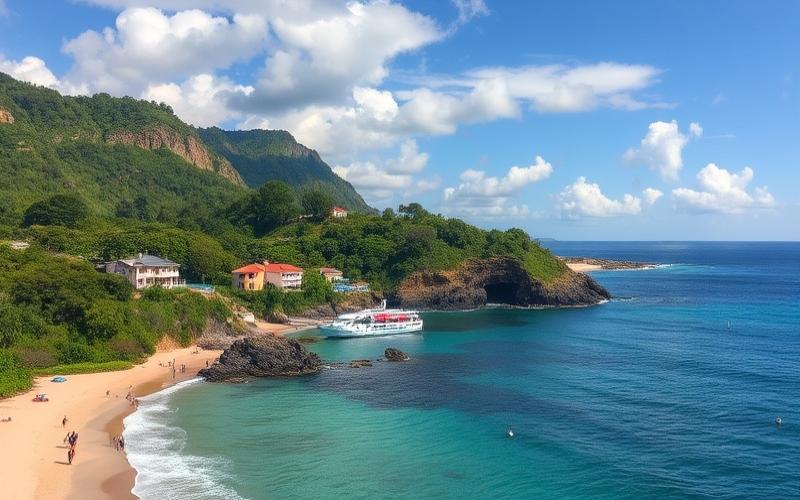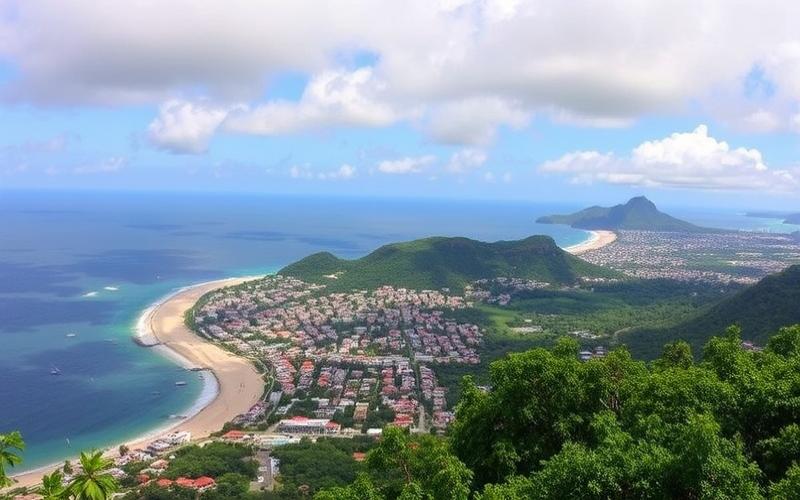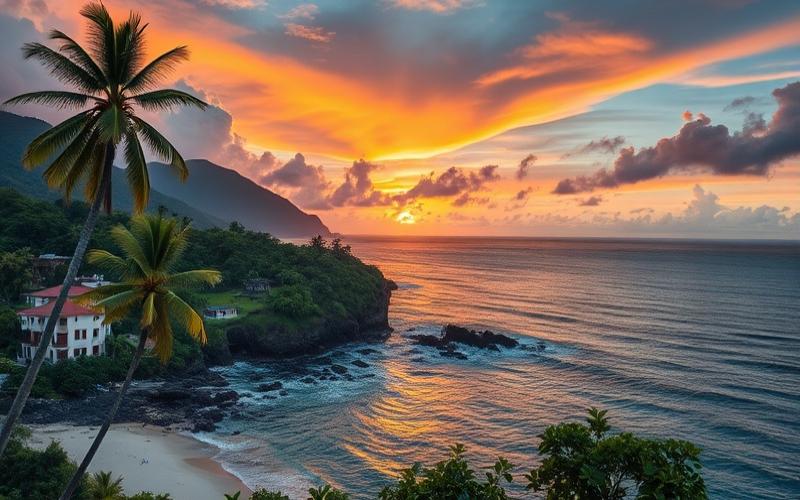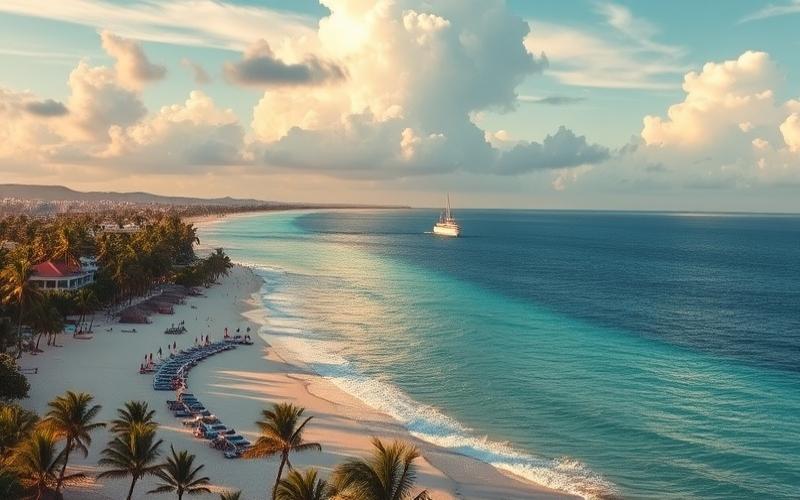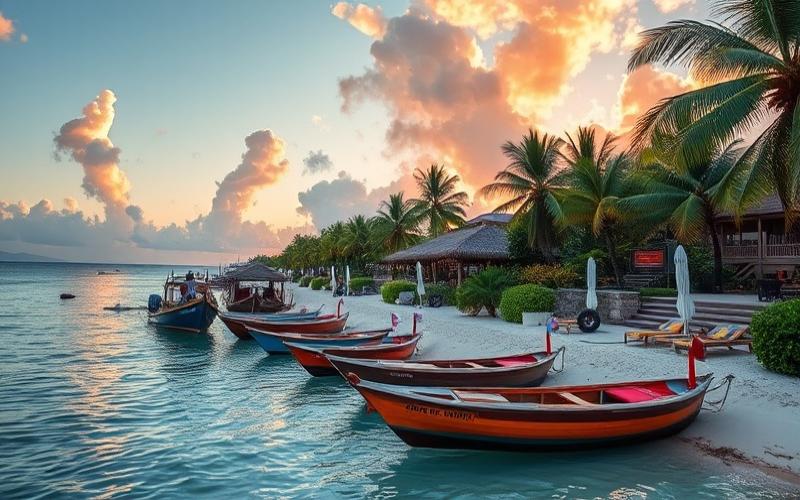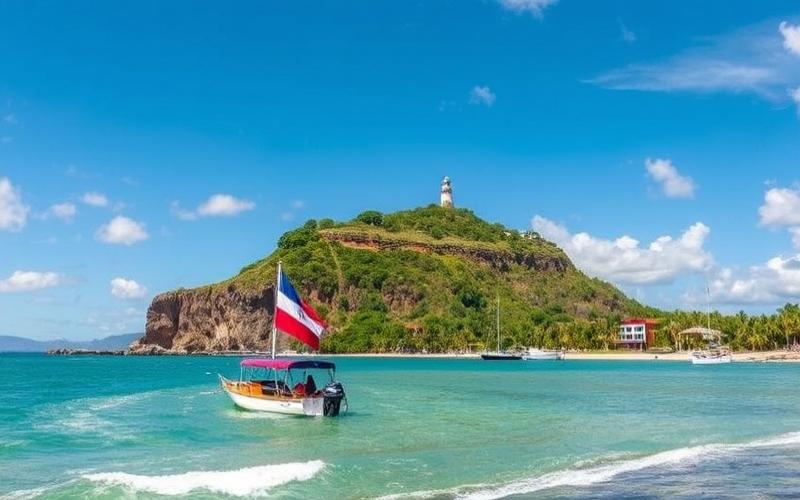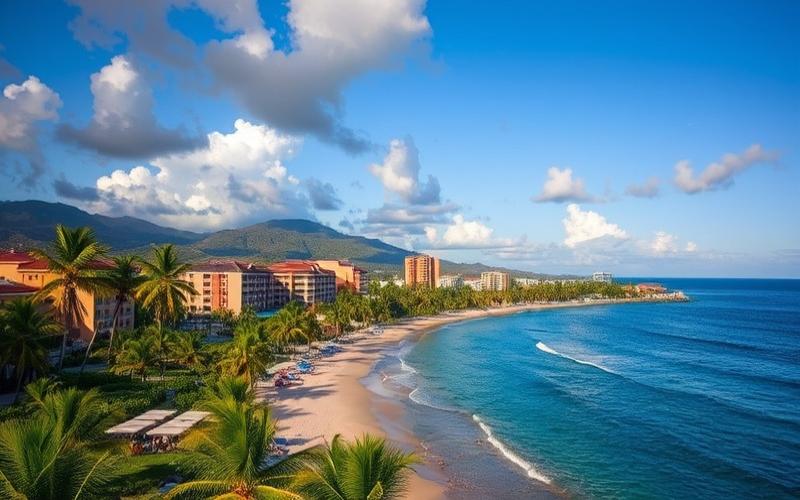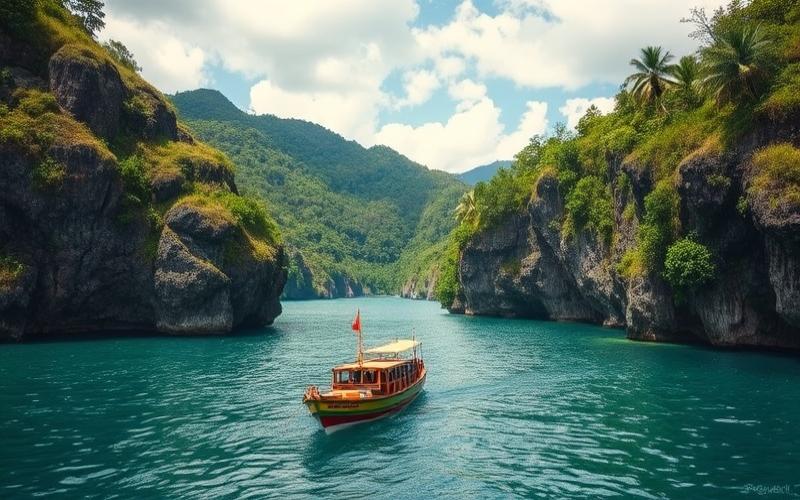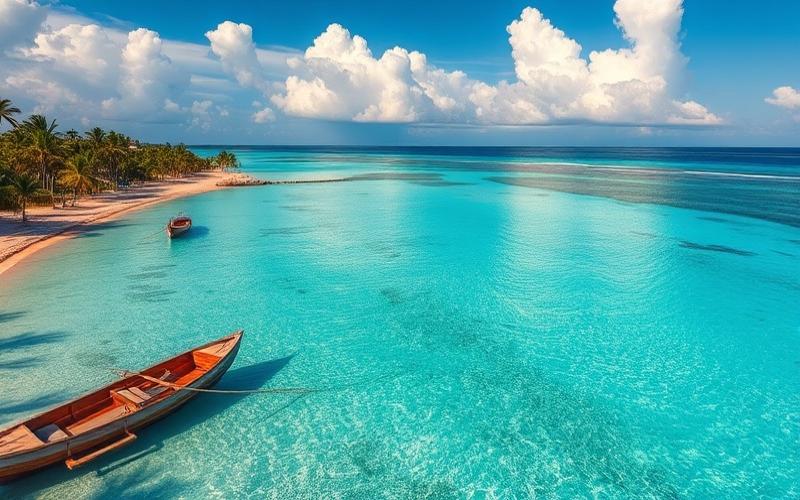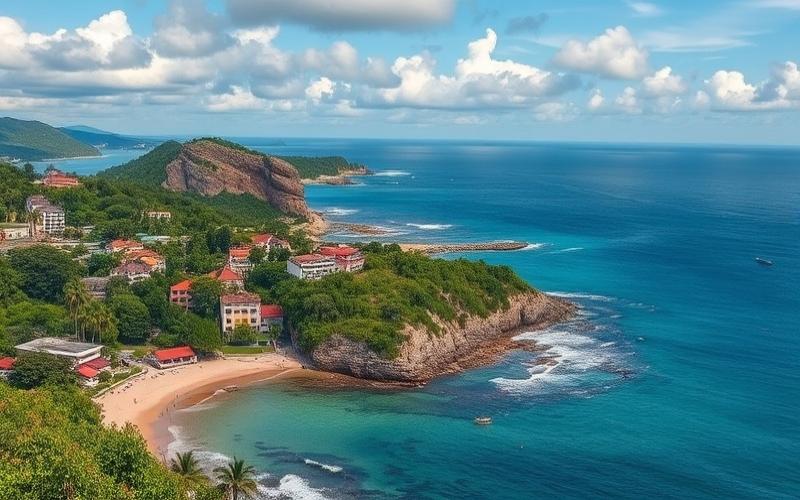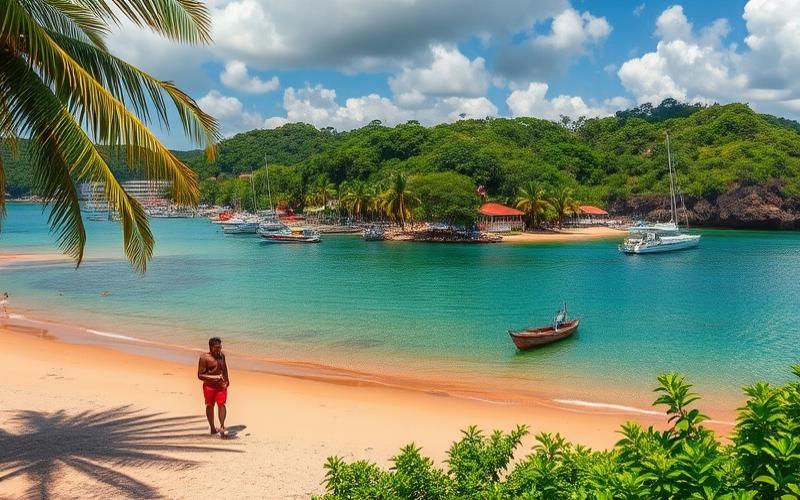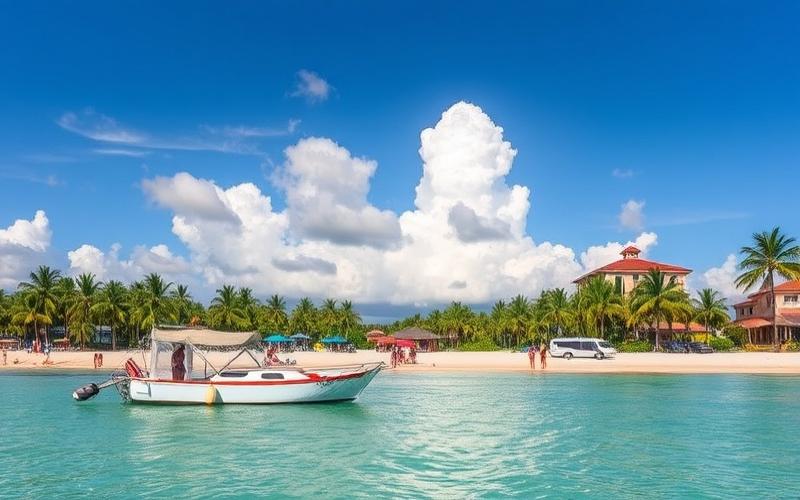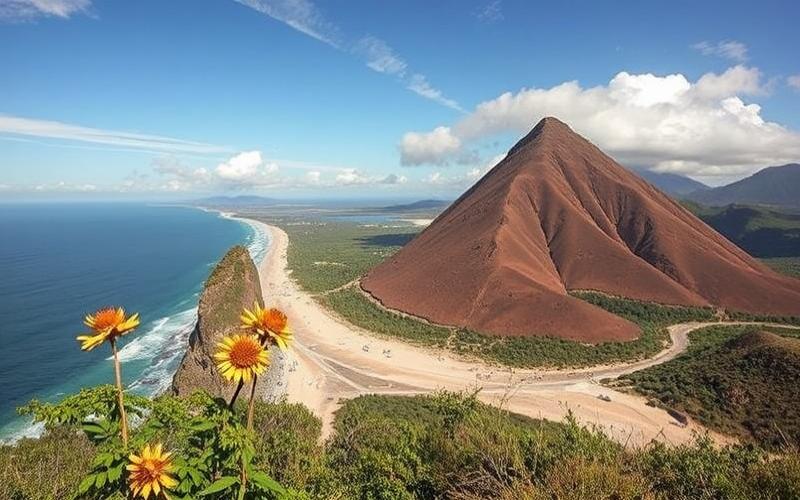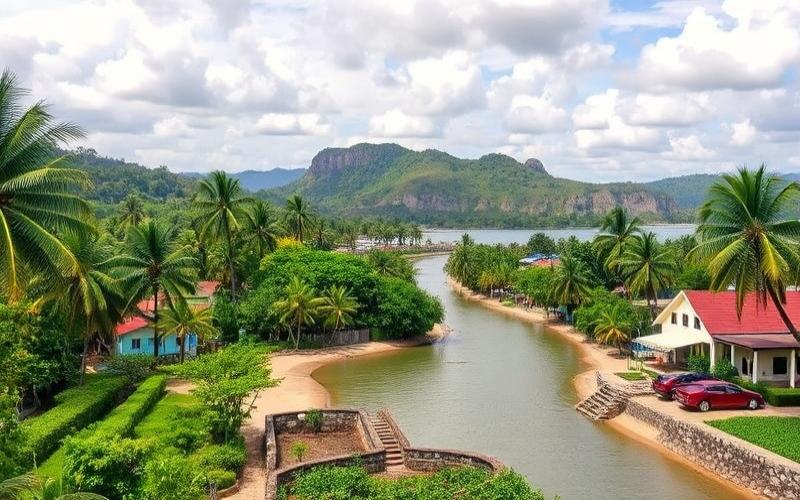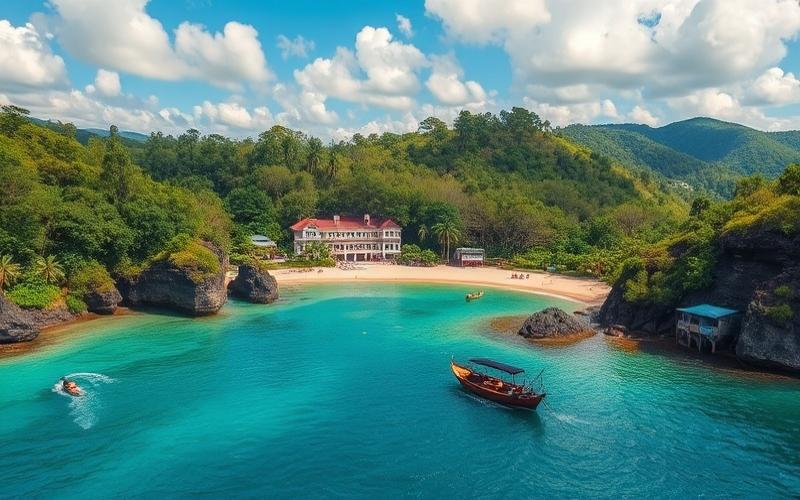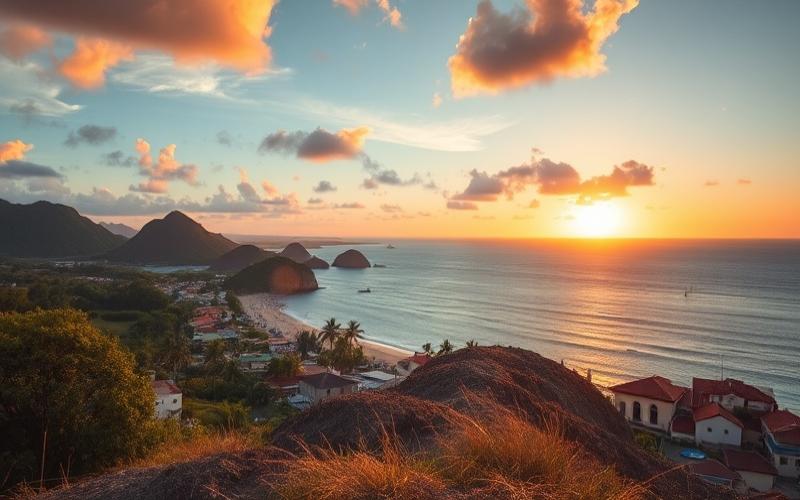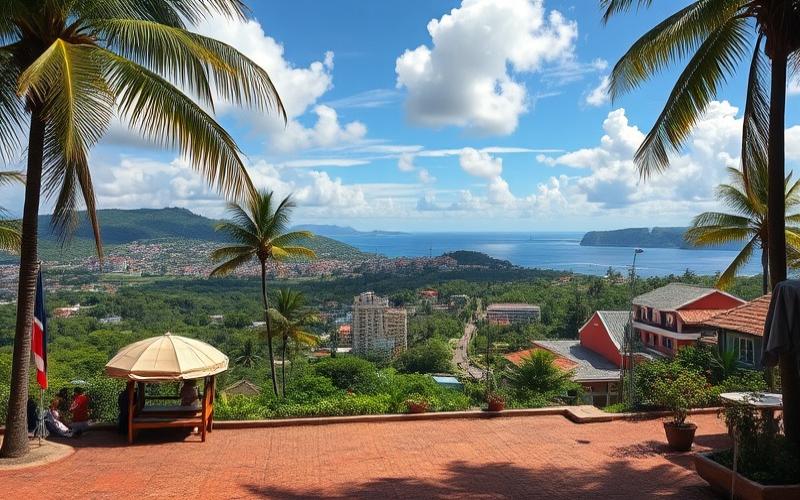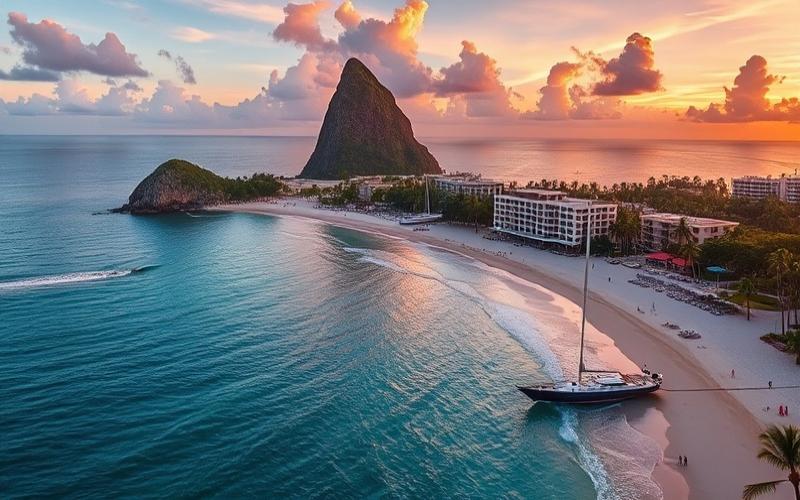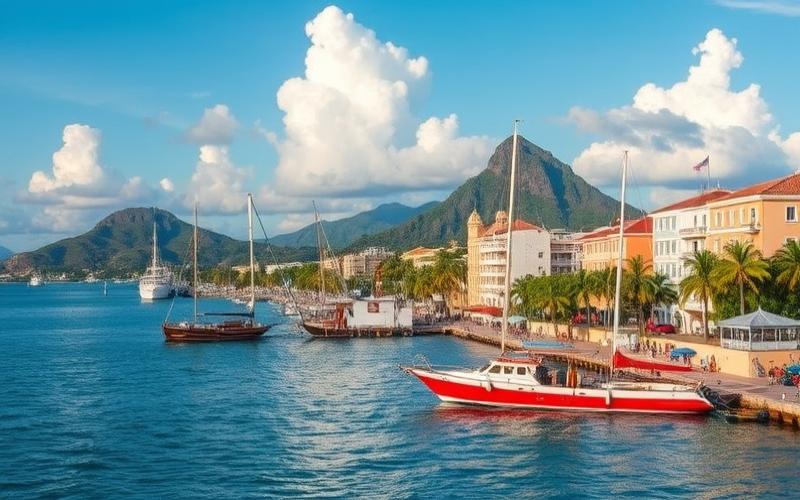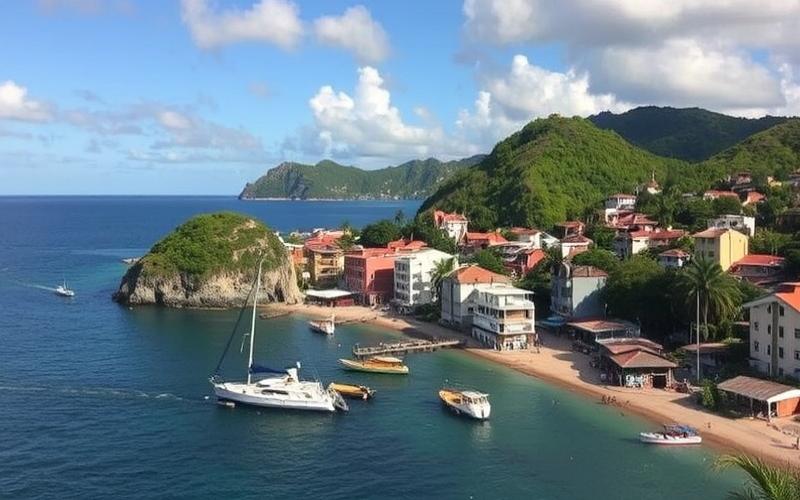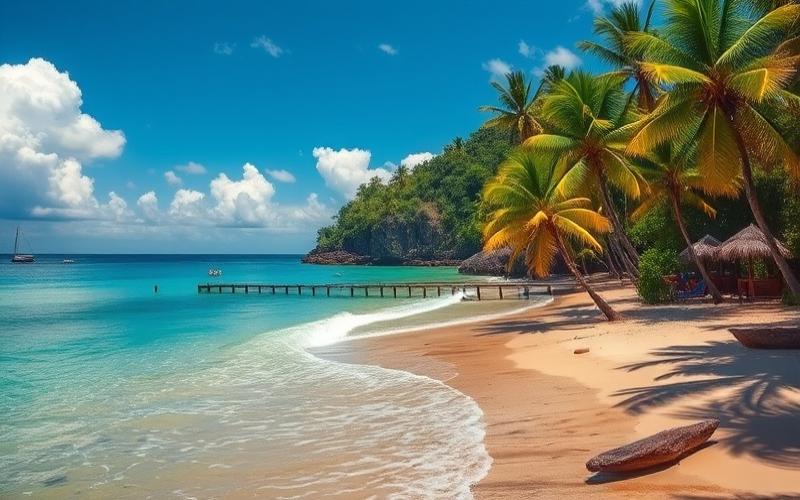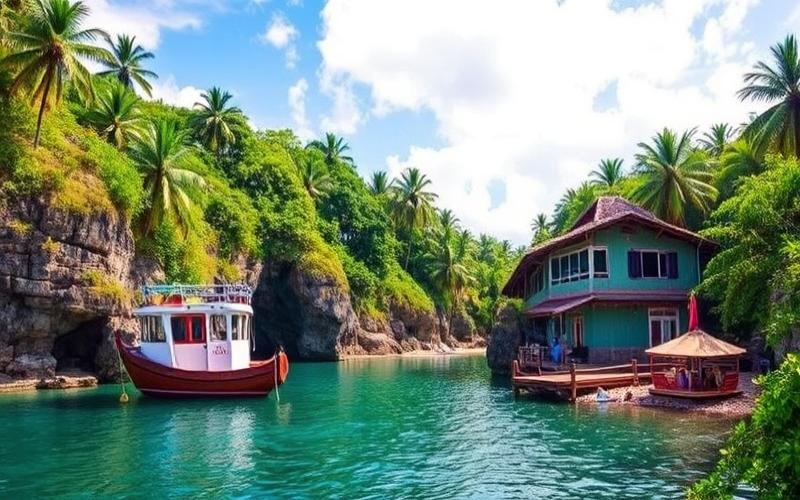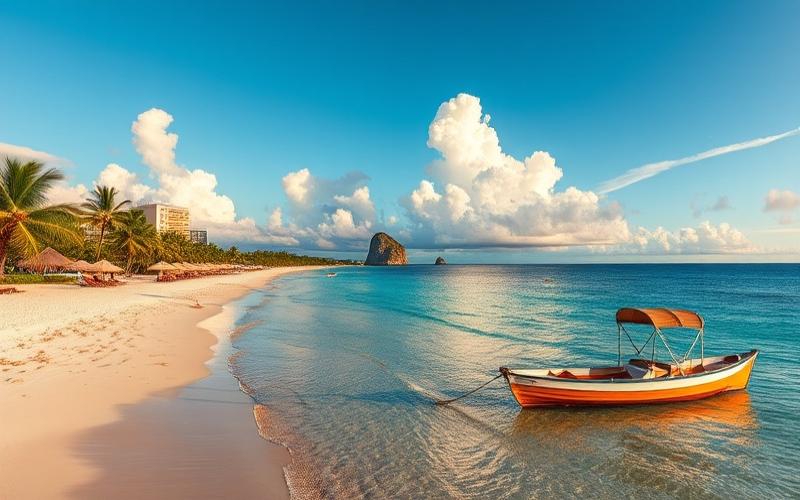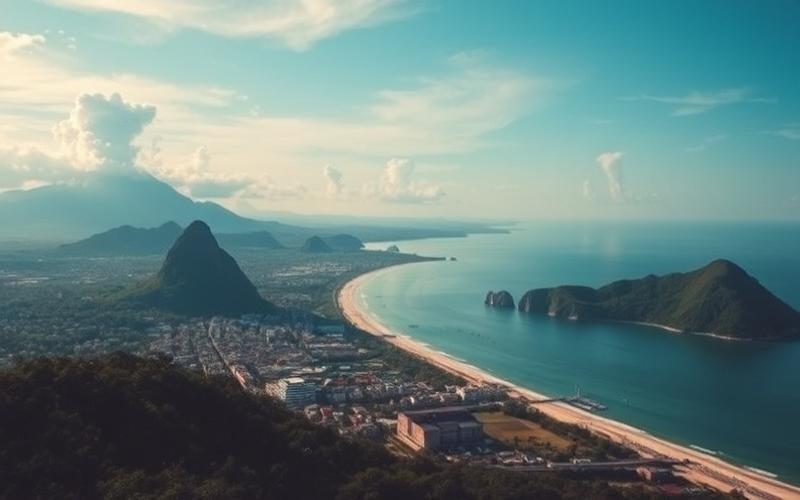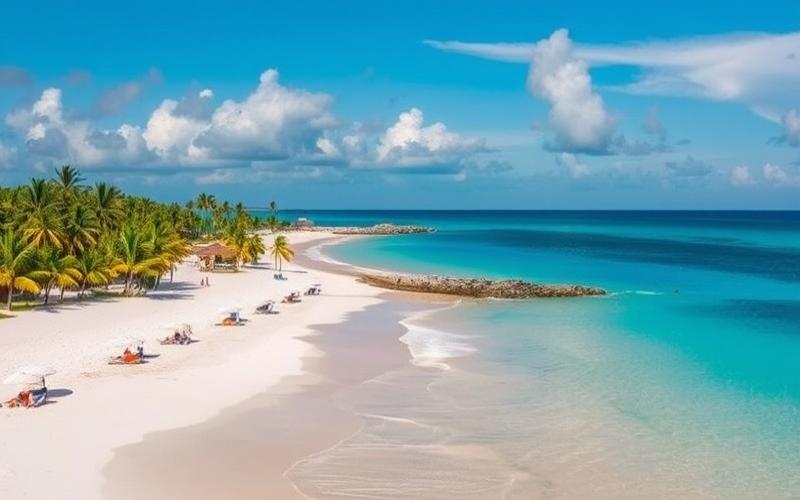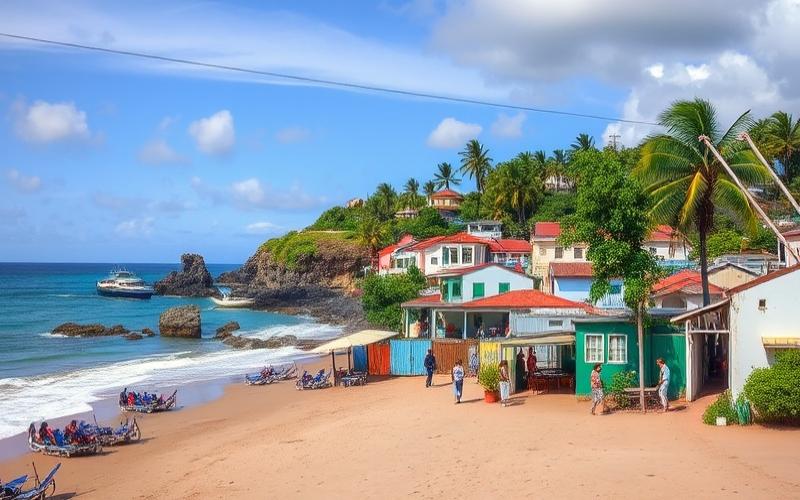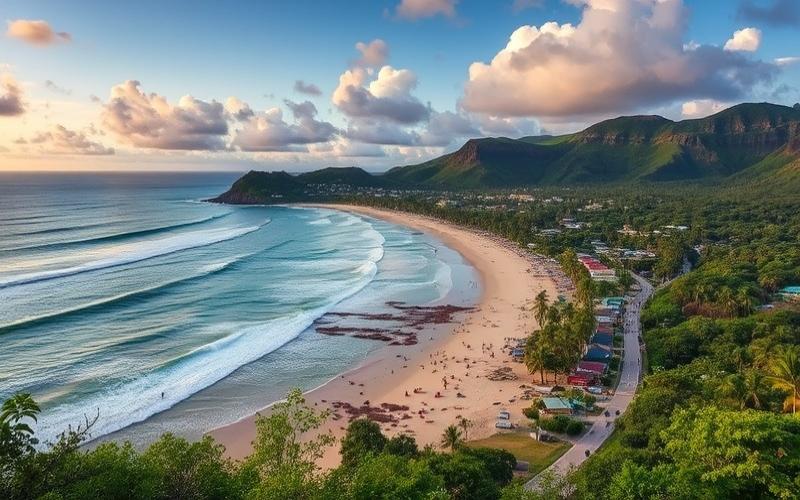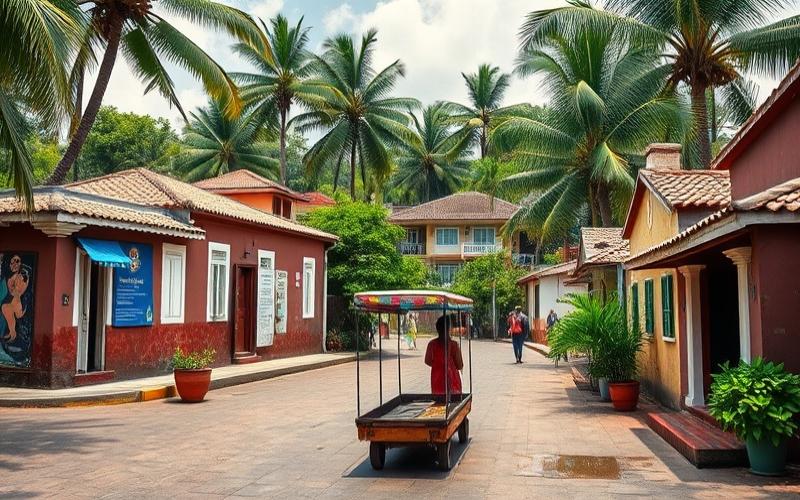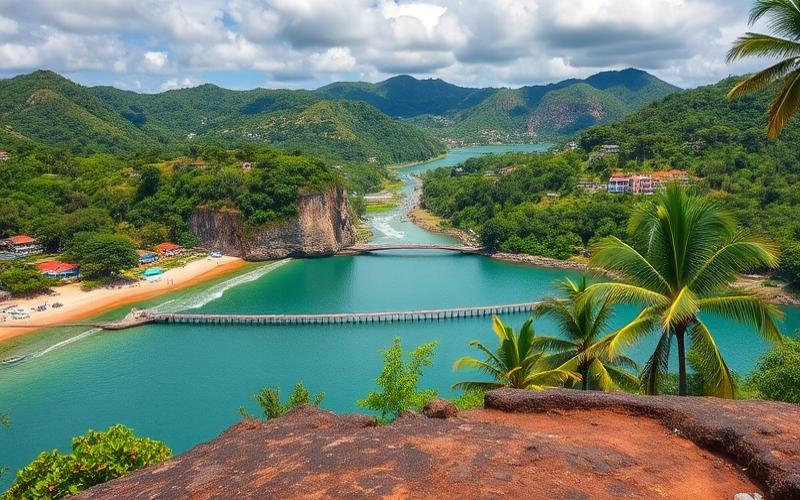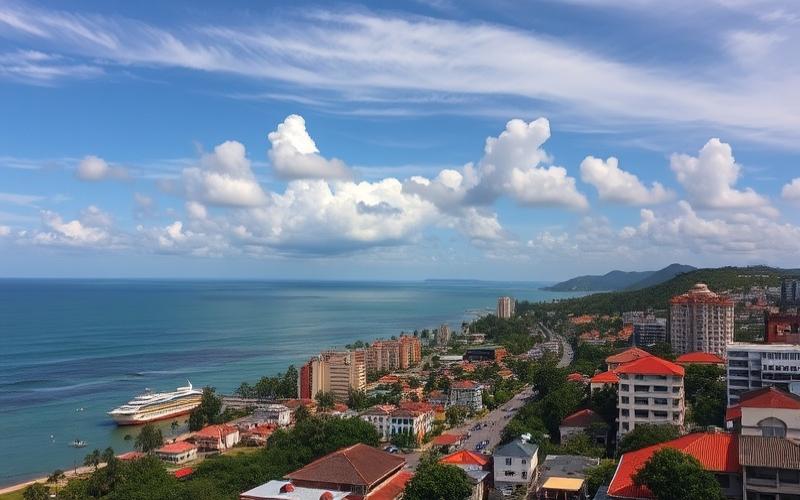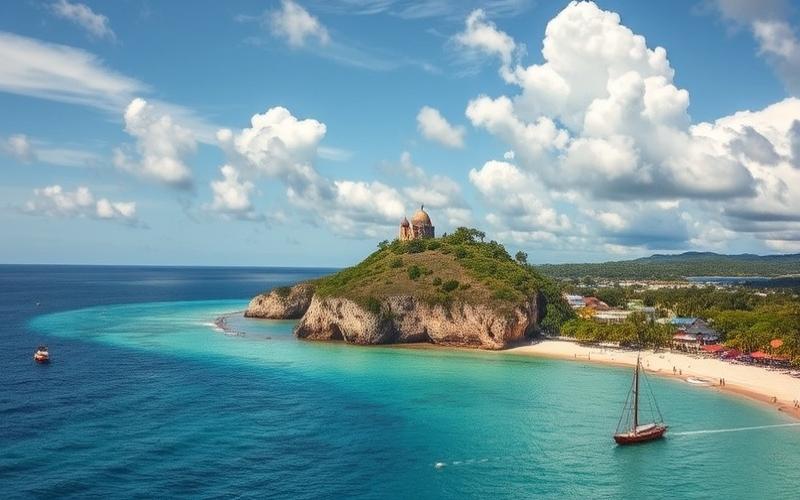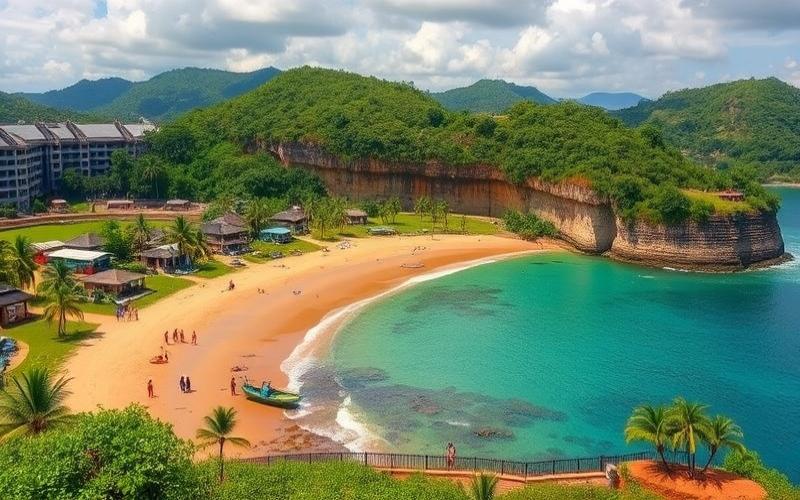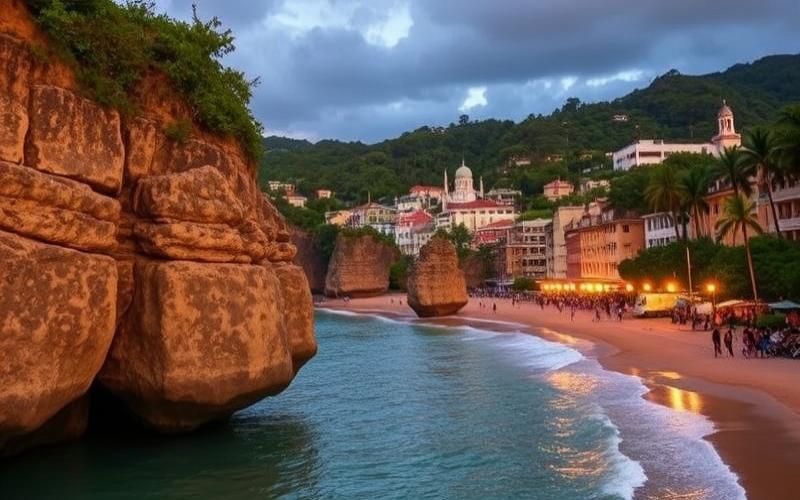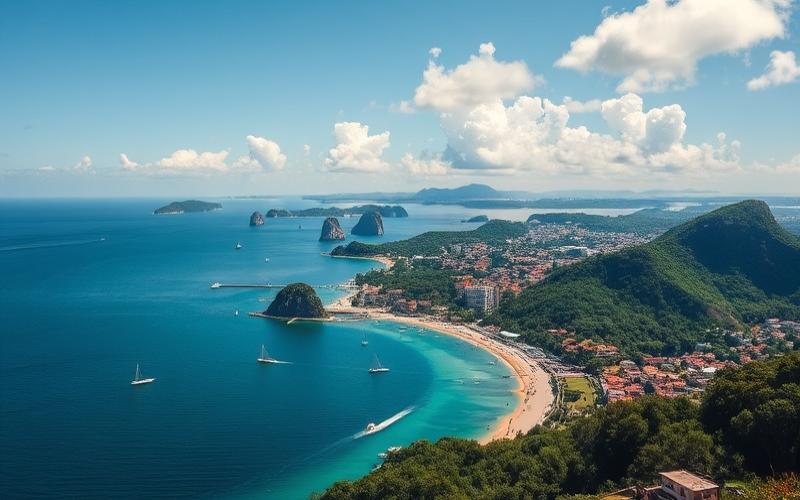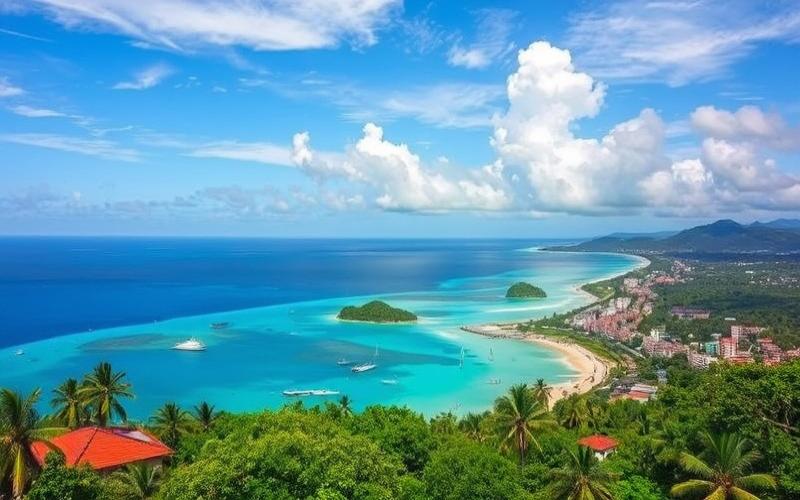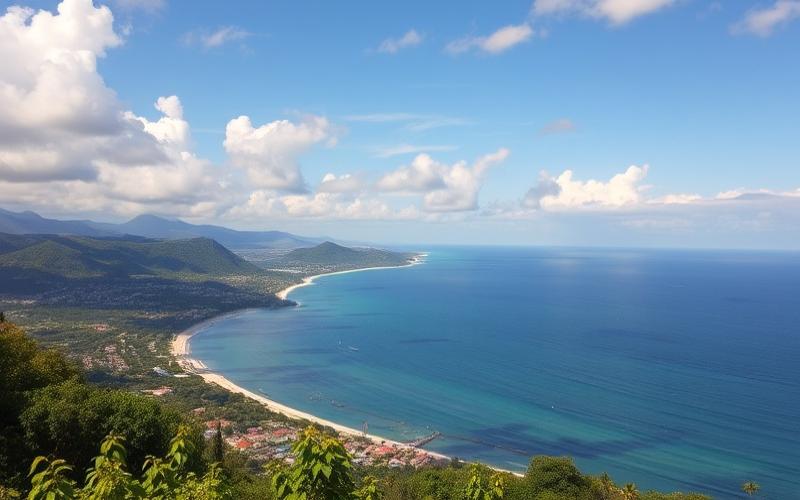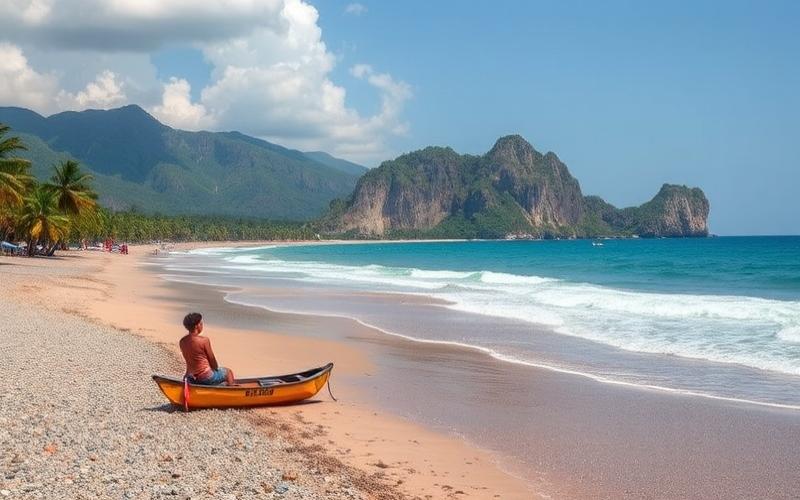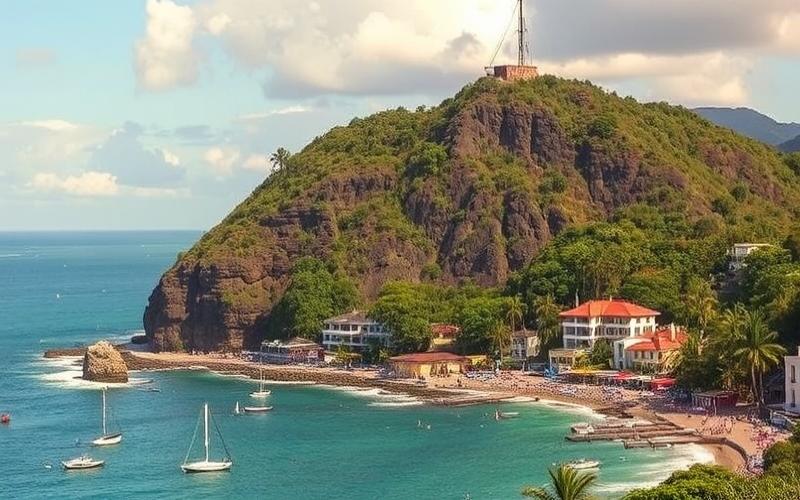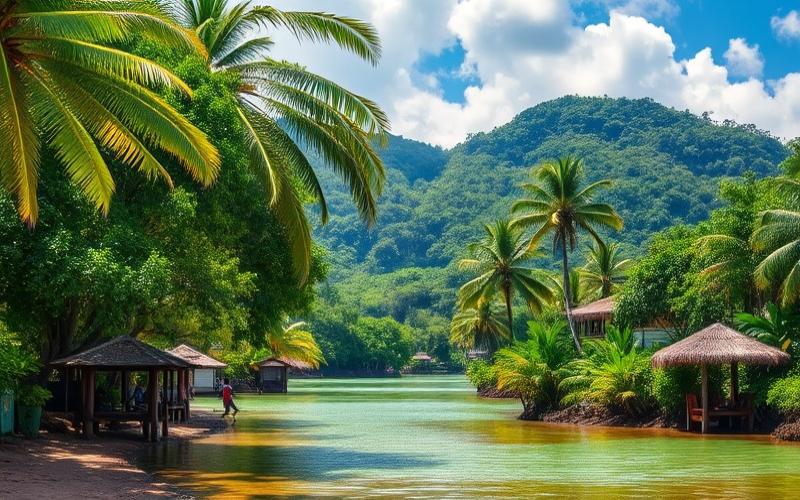
 Published on and written by Cyril Jarnias
Published on and written by Cyril Jarnias
With growing awareness of environmental issues, Dominican Republic real estate is going green, aligning with innovative ecological standards and benefiting from incentive subsidies planned for 2025.
In a country where natural beauty and sustainable resources attract investors, understanding key regulations and green financing opportunities becomes essential.
This shift promises not only to transform the real estate landscape but also to strengthen the nation’s commitment to sustainable development, while offering developers and buyers a unique opportunity to actively contribute to a more environmentally friendly future.
Green Building Standards in the Dominican Republic
Current Green Building Standards in the Dominican Republic
Sustainable construction standards are primarily governed by the Dominican building code, which requires permits for all residential, commercial, or industrial projects.
- Permit applications must include technical plans, environmental impact studies, and detailed structural calculations.
- Environmental assessment is an integral part of the review process, especially for large projects or those located in sensitive areas.
- Regular inspections are conducted during construction to ensure compliance with standards, and a certificate of compliance is mandatory upon completion.
Required Regulations and Certifications
- Requirement to obtain a building permit from local authorities (Urban Planning Office or Public Works Department depending on the municipality).
- Compliance with national standards for safety, environmental impact, and urban integration.
- An ecological compliance certification (or “green certificate”) is required for projects claiming sustainable features, including criteria on energy efficiency, water management, and use of local or recycled materials.
- Specific requirements may vary locally; consulting a specialized professional for each project is recommended.
Comparison with International Standards
| Criterion | Dominican Republic | International Standards (LEED, BREEAM, HQE) |
|---|---|---|
| Permit Requirement | Yes | Yes |
| Environmental Impact Study | Mandatory for large projects | Mandatory in most standards |
| Ecological Certification | Local and not systematic | Systematic and internationally recognized |
| Energy Efficiency | Required but with variable thresholds | Strict and quantified criteria |
| Post-Construction Monitoring | Limited | Regular controls and audits |
Dominican standards align with regional requirements but remain less strict than international certifications like LEED or BREEAM, particularly regarding energy performance quantification and post-construction monitoring.
Government Goals by 2025
- Strengthen the integration of Sustainable Development Goals (SDGs) into all public policies, including construction.
- Aim for a significant reduction in greenhouse gas emissions from the building sector.
- Increase the share of new constructions incorporating sustainability criteria to at least 30% of total authorized projects.
- Promote the use of local materials and energy efficiency in 50% of new public projects.
- Develop pilot programs for eco-districts in the country’s main urban areas.
Examples of Recent Compliant Projects
- Construction of new schools integrating solar panels, rainwater harvesting systems, and natural ventilation.
- Residential projects in Santo Domingo and Punta Cana that obtained local certifications for their low carbon footprint and innovative construction waste management.
- Renovation of public hospitals with energy-saving devices and optimization of natural light.
Statistics and Environmental Impact Studies
- Between 2020 and 2024, “green” certified projects achieved an average 18% reduction in energy consumption compared to conventional buildings.
- CO2 emissions from public buildings incorporating new standards decreased by 22% over the same period.
- Environmental impact studies show improved rainwater management, with a 15% reduction in urban flood risks in pilot neighborhoods.
- 91% of national policies are now aligned with SDGs, accelerating the integration of sustainability criteria into urban projects.
Good to Know:
In the Dominican Republic, current green building standards follow local environmental criteria while drawing inspiration from international certifications like LEED and BREEAM, but with flexibility adapted to local resources; constructions must incorporate at least 30% recycled materials and use renewable energy technologies. By 2025, the government aims to reduce CO₂ emissions in the real estate sector by 20%, encouraging projects like the “EcoVivienda” residential complex, which successfully reduced its energy needs by 35% through bioclimatic design. A 2023 study shows a 15% decrease in the carbon footprint of compliant buildings, illustrating the positive impact of these standards on sustainability.
Renewable Energy Subsidies in the Dominican Republic
The Dominican government, as part of its commitment to generate 25% of its electricity from renewable sources by 2025, has implemented several subsidy programs aimed at accelerating the adoption of renewable energy, particularly in the real estate sector.
Main Types of Available Subsidies
- Tax Exemptions:
Property owners investing in photovoltaic, wind, or biomass installations benefit from reductions in VAT, income tax related to revenue generated from renewable electricity sales, and exemption from import duties on equipment. - Preferential Financing:
Access to low-interest loans for purchasing and installing domestic solar or wind systems. - Direct Incentive Programs:
Initial investment subsidies covering part of the installation cost, especially for collective housing or certified “green” real estate projects. - Support for Decentralized Mini-Grids:
Specific aid for off-grid solar systems in rural or isolated areas, enabling access to clean and reliable energy.
Summary Table of Subsidies
| Subsidy Type | Description | Target Audience |
|---|---|---|
| Tax Exemptions | VAT, income tax, import duties | Property owners, developers |
| Preferential Financing | Low-interest loans | Individuals, businesses |
| Direct Incentives | Installation subsidies (up to 30% of cost) | Housing, green buildings |
| Mini-Grid Support | Subsidies for off-grid installations | Rural areas, communities |
Eligibility Criteria for Property Owners
- Possess a valid property title or long-term lease.
- Project compliant with national renewable energy regulations (Law 5707).
- Installation performed by a certified company.
- Commitment to maintain and operate equipment according to environmental standards.
- For some programs, obtaining a “green building” or “eco-district” certification.
Expected Benefits for Recipients
- Long-term reduction in energy costs.
- Increased property value through ecological labels.
- Easier access to green real estate credit.
- Enhanced resilience to power outages or electricity price hikes.
- Direct contribution to reducing CO₂ emissions and achieving national goals.
Impact of Subsidies on Green and Sustainable Real Estate
Subsidies have encouraged the proliferation of housing and collective building projects integrating solar and wind systems. For example, the Matrisol project, focused on photovoltaic solar, served as a model for constructing new low-carbon neighborhoods. The PECASA wind farm, with its social and community components, illustrates the successful integration of renewables in energy-poor areas, while stimulating local employment and social cohesion.
Concrete Example:
The PECASA project (50 MW wind farm) stabilized the electricity supply for several villages while developing support programs for residents (training, local jobs, community infrastructure).
Alignment with National Regulations and Goals
Subsidy mechanisms are part of Law 5707 and the national carbon emission reduction strategy, aiming to diversify the energy mix, improve access to clean energy, and comply with Sustainable Development Goal 7 (access to affordable and clean energy). They also meet the requirements of the national energy transition for 2030, which plans for an installed capacity of over 3,000 MW of renewable energy.
The Dominican state uses subsidies as a central lever to accelerate the real estate sector’s energy transition, reduce dependence on fossil fuels, and enhance the competitiveness of green buildings, while honoring its international climate commitments.
Good to Know:
In the Dominican Republic, renewable energy subsidies are essential for promoting green real estate by 2025. The government offers programs like the Ecological Projects Fund, providing financial incentives to property owners adopting renewable technologies such as solar or wind. Eligibility criteria include compliance with environmental standards and a demonstrated capacity to reduce carbon footprint. Benefits for owners encompass substantial reductions in energy expenses and increased property value. These subsidies align their objectives with carbon emission reduction, contributing to the national sustainability ambition, illustrated by pilot projects in hotel and residential complexes that have already reduced their energy consumption by 30%. These efforts reinforce the transition towards more ecological construction practices aligned with the country’s international commitments.
BREEAM Certification: A Label for Green Real Estate
The BREEAM certification (Building Research Establishment Environmental Assessment Method), created in the UK in 1990, is the world’s first benchmark for assessing building environmental performance. Its approach is based on guiding principles such as reducing carbon emissions, optimizing energy efficiency, preserving biodiversity, and occupant well-being. Unlike other labels like LEED or HQE, BREEAM stands out for its modular credit system and constantly updated scientific framework that applies to new constructions, renovations, and urban planning alike.
Main Criteria Assessed by BREEAM Include:
- Energy Efficiency
- Land Use and Ecology
- Sustainable Water Management
- Health and Well-being
- Pollution Control
- Sustainable Mobility
- Responsible Material Selection
- Waste Management
- Performance Over the Building’s Full Life Cycle
| Criterion | Main Objective |
|---|---|
| Energy | Reduce carbon emissions |
| Water | Optimize consumption |
| Materials | Prioritize responsible sources |
| Health & Well-being | Improve indoor comfort |
| Pollution | Limit pollutant discharges |
The growing importance of the BREEAM label in the Dominican Republic reflects an accelerated awareness of local challenges: increased climate vulnerability (hurricanes, floods), pressure on natural resources (drinking water), and the need to improve urban resilience. BREEAM standards allow for the integration of adapted solutions from the design phase: green roofs against urban heat islands, passive systems to limit air conditioning, or optimized rainwater collection.
For Dominican Real Estate Developers:
Obtaining BREEAM certification offers several direct advantages:
- Increased Property Valuation
- Easier Access to International Financing Sensitive to ESG Criteria
- Reduced Regulatory Risk
- Measurable Decrease in Operational Costs Through Better Energy Efficiency
To illustrate this dynamic:
In 2024, over a dozen major tertiary projects initiated BREEAM processes in Greater Santo Domingo; a certified hotel reduced its annual energy bill by over 30% after renovation according to this standard.
Measured Impacts Include:
Average Expected Reduction:
- Electricity Consumption: –25% to –35%
- Drinking Water Consumption: –20%
- Landfill Waste During Construction: –40%
The Dominican Republic has implemented various incentives to encourage these green practices:
- Partial Tax Exemptions During Permitting if Recognized International Certification is Obtained
- One-Time Subsidies for Preliminary Energy Studies or Solar Installation
- Priority Given to Eco-Certified Projects in Certain Public Tenders
These measures fully align with the national objective set for 2025:
“Increase the total proportion of new real estate meeting a recognized ecological label to at least 25%”
Thus, integrating BREEAM not only aligns with these national requirements but also effectively anticipates future environmental challenges specific to the Dominican territory.
Good to Know:
BREEAM certification, initiated in the UK, is a benchmark label for ecological construction, based on strict sustainability and energy efficiency criteria, distinguished by its rigorous methodology and adaptability to local contexts. In the Dominican Republic, its growing adoption in green real estate is driven by increased awareness of environmental impacts and the economic and ecological benefits it offers, such as reduced energy costs and increased property resale value. A notable example is the eco-residential project in Punta Cana, which recorded a 30% drop in energy expenses after BREEAM certification. To further stimulate adoption of this label, the Dominican government has implemented tax incentives and targeted subsidies, aligning new constructions and renovations with national green goals for 2025, fostering a transition towards more sustainable and environmentally friendly real estate.
Disclaimer: The information provided on this website is for informational purposes only and does not constitute financial, legal, or professional advice. We encourage you to consult qualified experts before making any investment, real estate, or expatriation decisions. Although we strive to maintain up-to-date and accurate information, we do not guarantee the completeness, accuracy, or timeliness of the proposed content. As investment and expatriation involve risks, we disclaim any liability for potential losses or damages arising from the use of this site. Your use of this site confirms your acceptance of these terms and your understanding of the associated risks.

